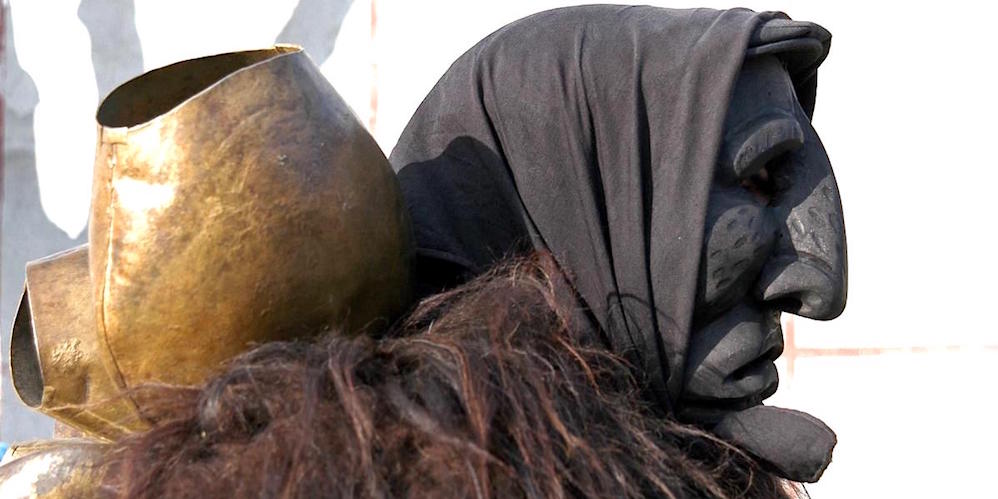The Making of a Bohemian Microcosm
Montmartre evolved following a massive urban reconstruction and relocation scheme initiated by a great man of the 19th century: Napoleon III. Together with his ambitious town planning prefect Baron Haussmann, he aimed at creating a mundane Paris of dazzling allure and wanted it to become „the most beautiful city of Europe“ – not without granting spacious plots of land in prime locations to Haussmann, his many friends and financial supporters. By rigorously stomping unsightly areas into the ground and by replacing humble housing by posh manorial edifices and narrow crooked alleyways by grandiose and airy boulevards and squares, Paris’s face was substantially lifted and embellished – albeit at the expense of the less privileged population, who became early victims of gentrification.





